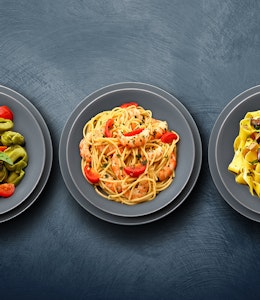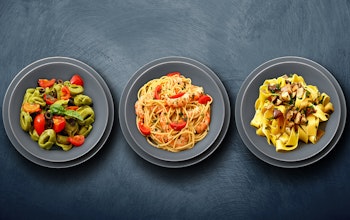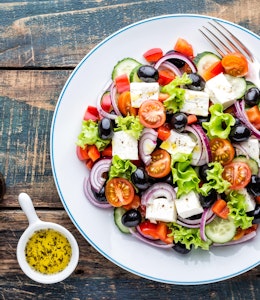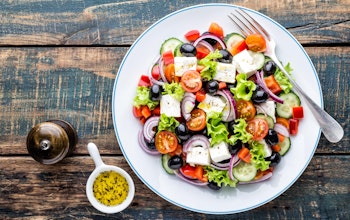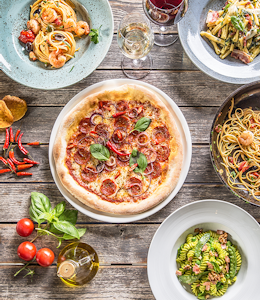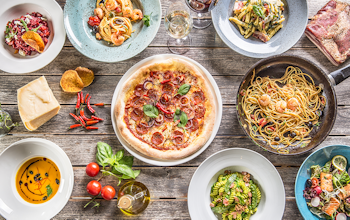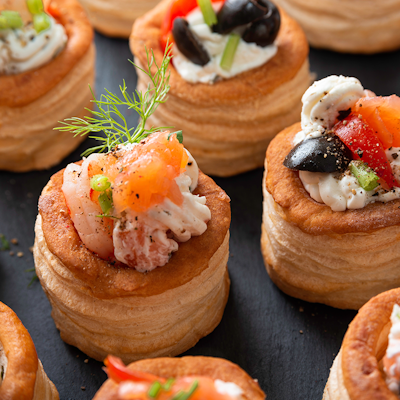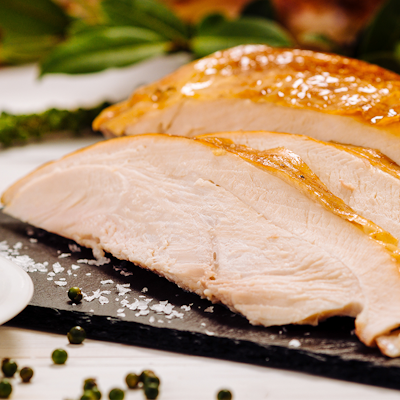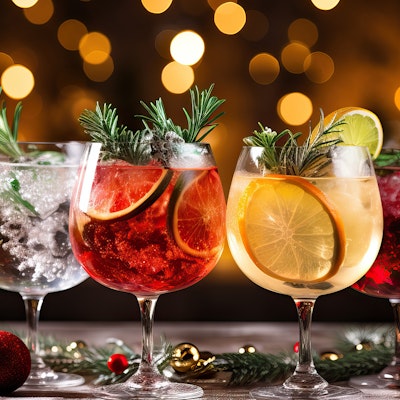What’s the best way to cook pasta? And other pasta FAQs…
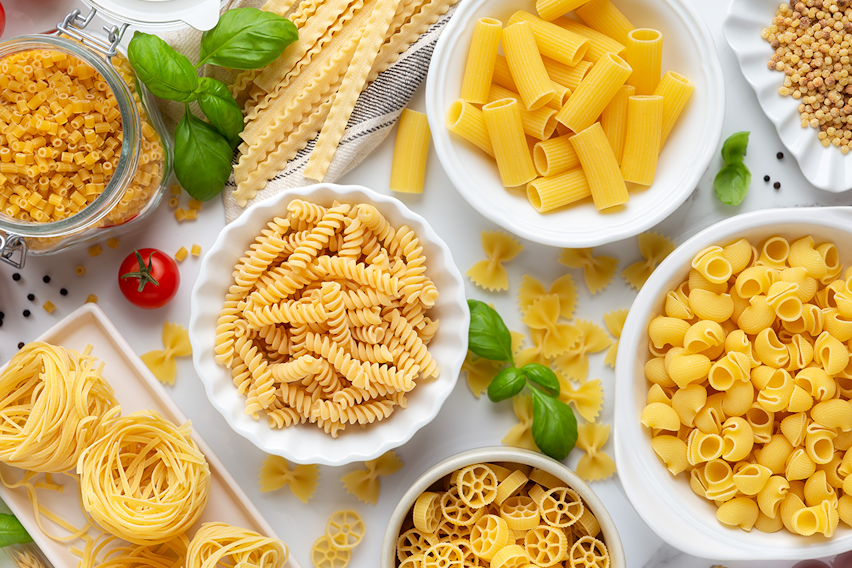
Variety may be key to its popularity, but the different types of pasta still contain the same ingredients and the same nutritional profile. So we’re deciphering what’s what when it comes to this staple of Italian cuisine…
These are the most asked questions when it comes to pasta:
- What is pasta?
- Where does pasta come from?
- What pasta is best for bolognese?
- Is pasta vegan?
- Does pasta contain allergens?
- Is pasta healthy?
- What pasta is best for carbonara?
- How do you cook pasta?
- Does pasta contain gluten?
- What pasta is best for pesto?
- Is pasta a protein or a carbohydrate?
- Can you freeze pasta?
- What pasta is best for salad?
Now let’s find out the answers:
What is pasta?
Pasta is a food made from durum wheat and water (and in some cases, eggs) and associated with Italian cuisine, of which it is a staple.
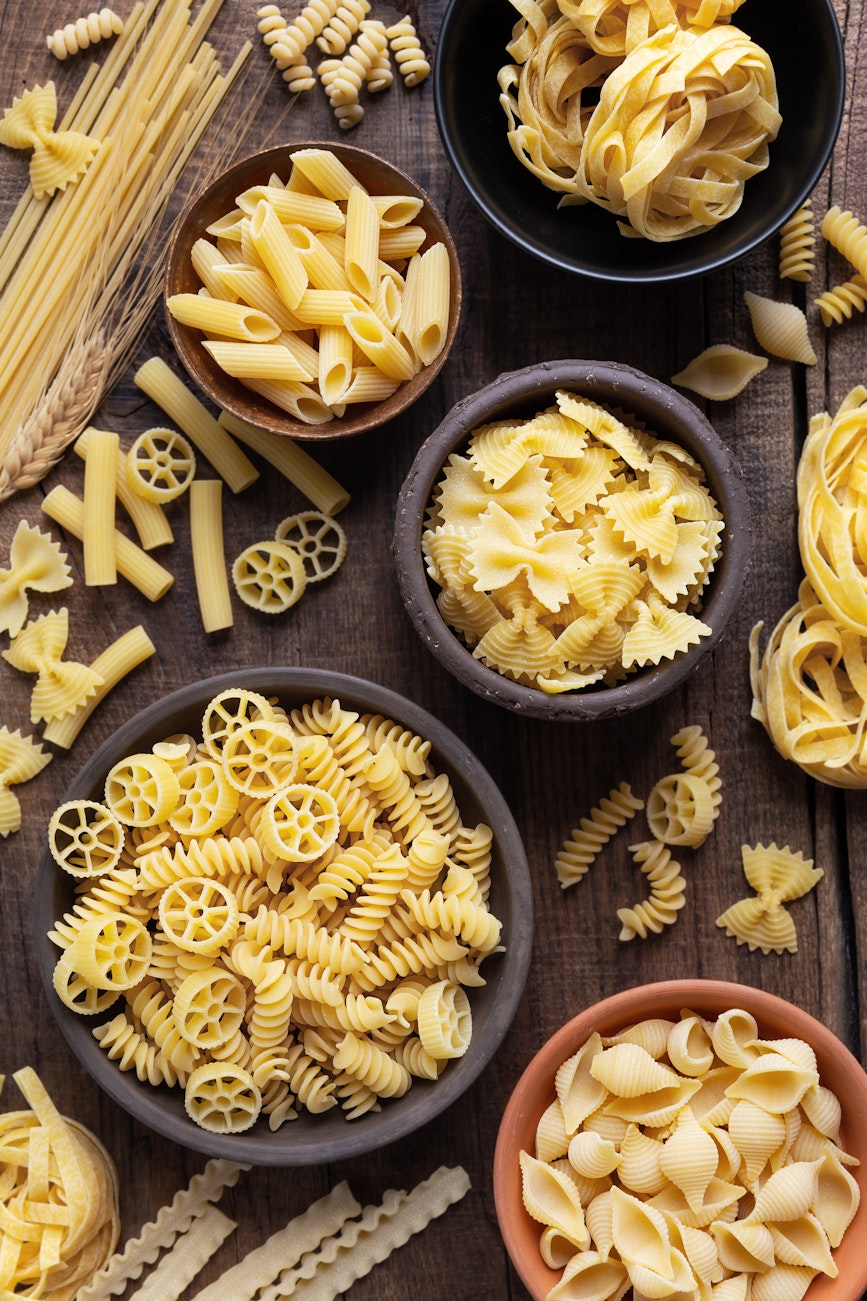
Pasta is generally divided into 2 categories - dried and fresh. Dried pasta - pasta secca - includes only a dough of durum wheat and water that has likely gone through an extrusion process, and fresh pasta - pasta fresca - usually includes the addition of eggs amongst the ingredients and is made by hand.
Both varieties of pasta come in many different shapes and sizes, from flat sheets to ribbons, tubes to shells, and it is cooked by being submerging in boiling water, then drained, and served with a sauce.
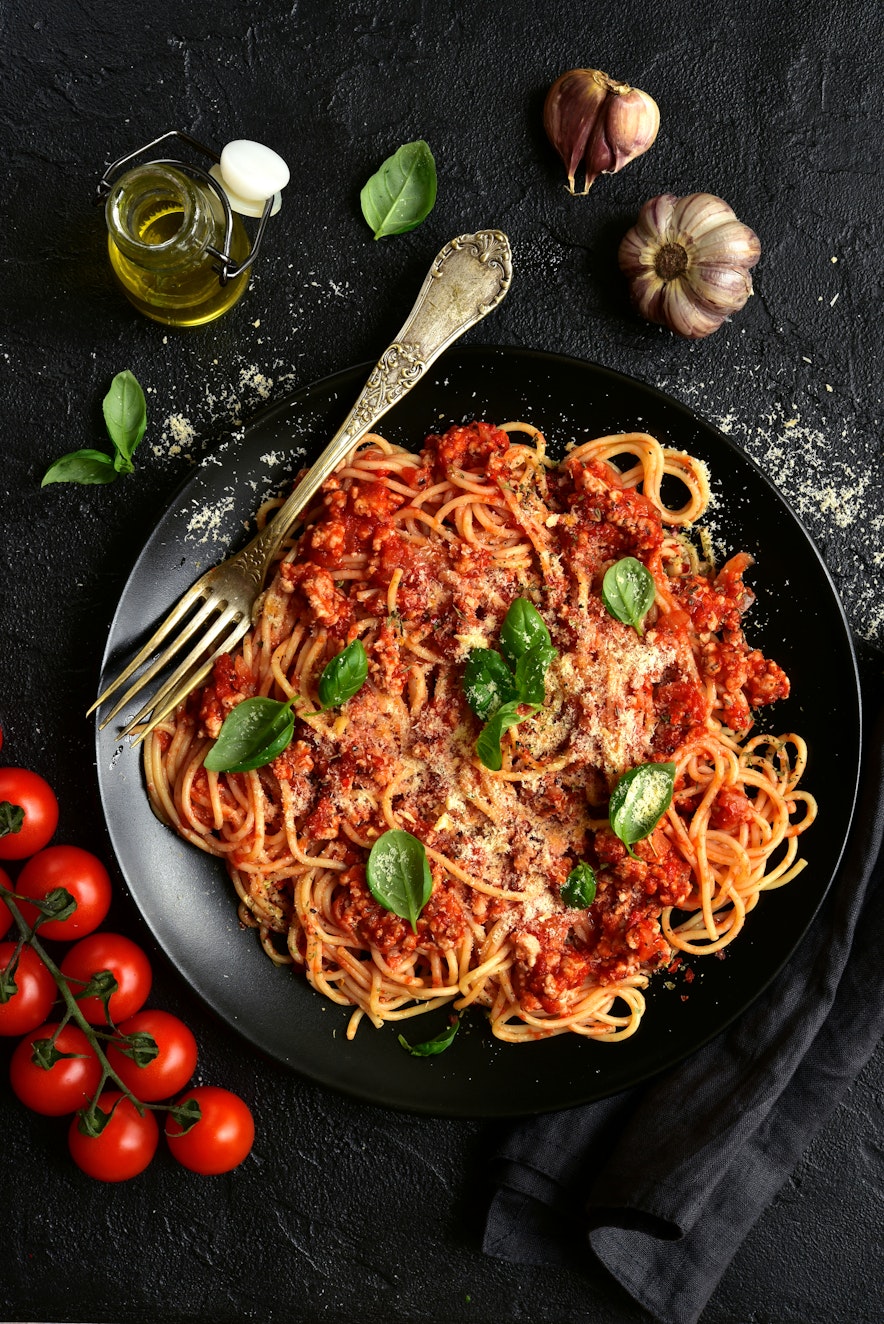
Where does pasta come from?
Pasta is generally classified as an Italian food, with evidence of its existence in discovered relics of the Etruscan civilization, which was located in the modern regions of Lazio, Umbria and Tuscany, around 4th century BC. Independent to this, a noodle-like food existed in China as far back as 3000 BC, which is likely where the rumour that Marco Polo brought it back to Italy from his East Asian travels in the 13th century (AD) came from.
What pasta is best for bolognese?
Although “spaghetti bolognese” is a famous dish, many people prefer it served with a wider, flatter ribbon pasta such as tagliatelle or pappardelle, as they tend to pick up the meat-laden sauce better than the round spaghetti.
Is pasta vegan?
Some pasta is suitable for vegans and some isn’t. Traditional dried Italian pasta is made with just durum wheat semolina flour and water, which are both vegan-friendly, but fresh pasta is made with Eggs, an animal-derived product and not suitable for those following a plant-based diet.
Does pasta contain allergens?
Traditional pasta does contain allergens - dried pasta contains wheat, a Cereal containing Gluten via the durum flour, and fresh pasta contains wheat and Eggs, another one of the 14 major food allergens. However, there are now many gluten-free flours on the market.
Is pasta healthy?
Like most things, pasta is fine in moderation, but refined pasta - white pasta where the wheat kernel has been stripped of the germ and bran, is a high calorie food that can cause blood sugar spikes. This means it isn’t very effective at keeping you full. That being said, pasta is not especially high in saturated fat or salt, and can be more or less healthy depending on how it is served. Pasta served in a tomato-based sauce with ingredients like chilli and lean meat will be less fattening and higher in nutrients than a pasta served in a cheese or cream-based sauce with a fatty meat like pancetta.
What pasta is best for carbonara?
Tonnarelli is the classic pasta used for carbonara. It is a thicker and more angular spaghetti, made with eggs - giving it a richness to complement the sauce.
How do you cook pasta?
Pasta is traditionally cooked by being submerged in a pan of boiling, salted water until its texture is “al dente” - meaning it is tender yet firm to the bite, and then drained. There is an old saying that the boiling water should be as salty as the Mediterranean Sea, and it’s important that the pasta is not rinsed after it has been drained, to ensure any sauce sticks to it properly. An even better way to get the sauce to stick is to add a small amount of the starchy pasta water to the sauce itself.
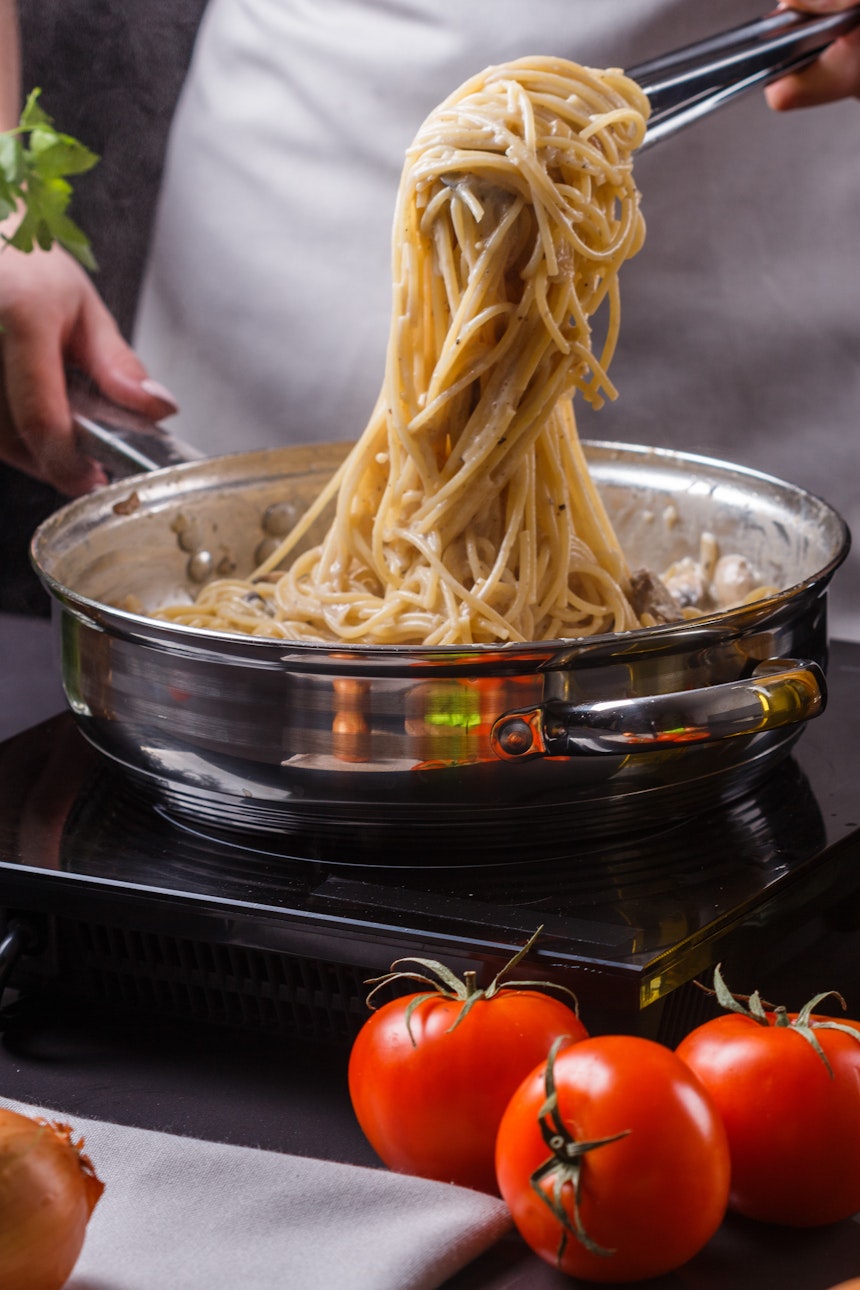
How long it takes the pasta to become al dente in the pan depends on the size and variety of the pasta - it can be as little as 3 minutes for something like fresh orzo to 12 minutes for something like dried tagliatelle. So it is best to check the cooking instructions on the packaging.
Does pasta contain gluten?
Yes, all traditional pasta, whether dried or fresh, contains gluten, as the main ingredient is durum flour. Durum flour is made from wheat, a Cereal containing Gluten.
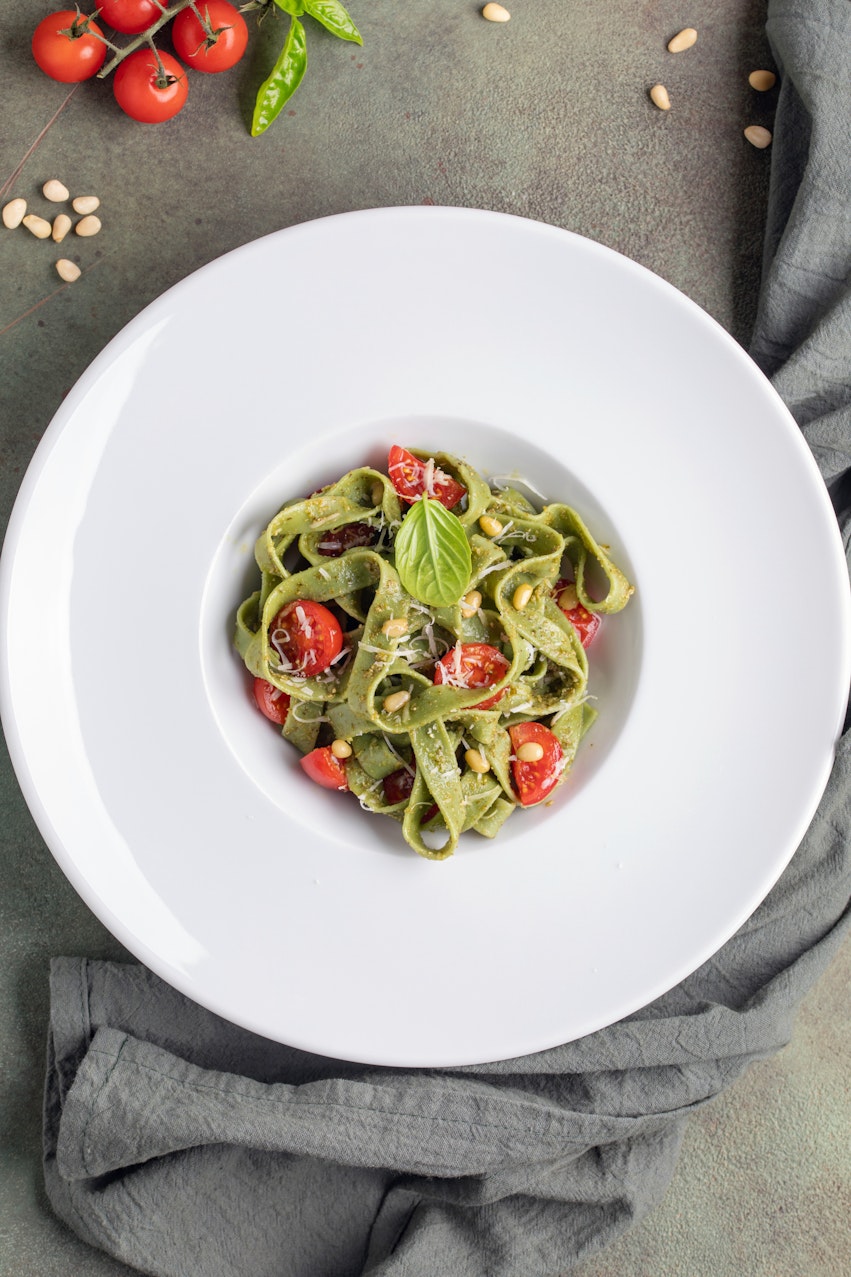
What pasta is best for pesto?
Pesto is a green sauce with base ingredients like basil, pine nuts and parmesan cheese, originating from the Italian city of Genoa and is sometimes referred to as Pesto alla Genovese. As such, the best and most traditional pasta to accompany it is trofie, a short rolled pasta originating from that region.
Is pasta a protein or a carbohydrate?
Pasta is a carbohydrate, and a simple carbohydrate at that. This means the carbohydrate is absorbed quickly into the bloodstream, causing blood sugar to spike and leading to a “crash” of tiredness and bloating. Complex carbohydrates such as whole grains and sweet potato keep you fuller for longer and do not spike blood sugar to the same extent.
Refined pasta is one of the most carbohydrate rich foods, containing even more than that of an equal amount of white bread.
Can you freeze pasta?
Pasta is not known for being a food that freezes well, but pasta dishes like lasagne and ravioli will hold up effectively to being frozen. This is because they tend to be at least partially cooked already, and have been assembled with other ingredients like sauces that prevent them from drying out and becoming brittle when reheated. Cooked, plain pasta can be frozen safely in resealable plastic bags, but will not necessarily retain its quality.
What pasta is best for salad?
Small pasta is best for a salad - something like farfalle will pick up dressing, but is easy to eat alongside other ingredients like vegetables, and doesn’t require cutting up or twirling onto cutlery. A shell-shaped pasta like conchiglie is also a good choice for a salad that includes foods like quinoa or peas, as it can catch them like a tiny bowl.
